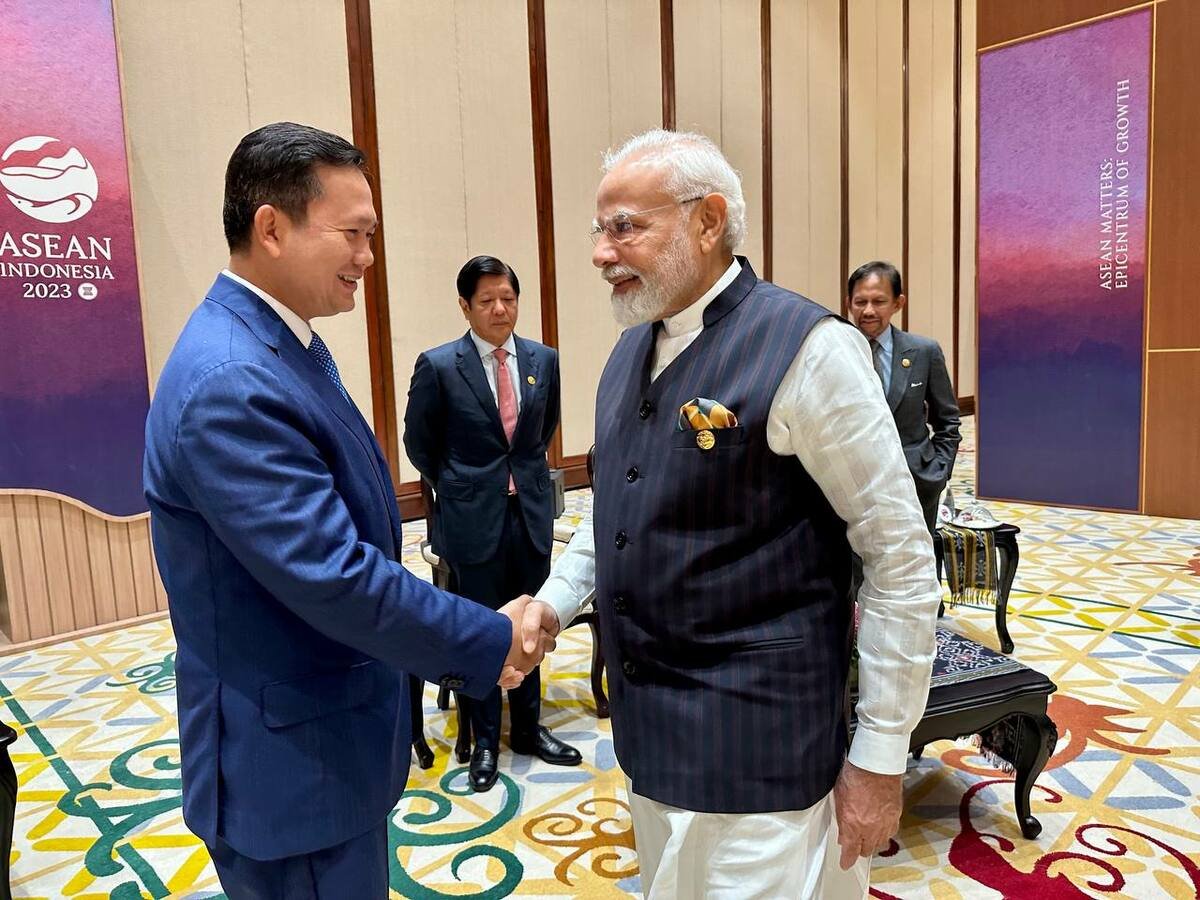The Association of Southeast Asian Nations (ASEAN) countries collectively are stronger. According to projections, the ASEAN region’s GDP could rise to the fourth or fifth position globally. Some nations might individually have a more robust economy.
If ASEAN countries work together, the region will be in a much stronger position, especially in light of the geopolitical interests of major international powers in the region. In order to avoid the region becoming fragmented, the involvement of governments is crucial.
ASEAN member states have made tremendous progress in reducing poverty and promoting strong economic growth while also successfully enhancing education and health outcomes for citizens.

A facility for ASEAN SMEs should be developed and operationalized soon in order to more efficiently promote economic recovery. Small and medium-sized enterprises (SMEs) make up between 89 and 99% of all businesses in Southeast Asia, which makes them the region’s economic pillars. They make up somewhere between 30% and 53% of the GDP in each ASEAN country. Therefore, the facility would not only assist in these companies’ recovery but also allow ASEAN to pursue the ASEAN Economic Community, a proposal for regional economic integration, in a more inclusive way.

A regional agreement on intra-ASEAN tourism would also help with the process of economic revival. Data shows that more than 40% of all travel made in the Asia-Pacific area involved travel inside ASEAN. Such a strategy would support the more effective recovery of the severely affected tourism sector and related industries.
The ASEAN countries will need to get back to the basics and invest in children to succeed in the global economy, where new technologies are spawning businesses that we could never have imagined and where the changing nature of employment requires higher-order skills.

Even though ASEAN countries are connected geographically and economically, countries differ in terms of life expectancy, employment productivity, and educational standards. Governments must accelerate the development of the human capital in order to meet these challenges.
The Regional Comprehensive Economic Partnership (RCEP), which includes the five ASEAN dialogue partners, Australia, China, Japan, New Zealand, and South Korea, was signed by the ten ASEAN countries in order to promote greater regional growth.

The largest trading bloc in the world, RCEP, is responsible for 28% of global trade and an estimated $26 trillion in economic activity (or 30% of the world’s GDP).
In particular, it shows that these economies are committed to cooperating to strengthen the global supply chain in the face of escalating unrest brought on by pandemic and conflicts between superpowers. When it comes to the latter, the agreement can help its members diversify their production networks and take use of the digital economy, so boosting their financial stability and economic growth.
Samdech Hun Sen, the Prime Minister of Cambodia, has committed to play a more “active role” in promoting ASEAN cooperation with partners to boost post-crisis economic recovery. He also urged for a spirit of openness and support for the global trading system.

For 2022, Cambodia is serving as ASEAN’s chair.
In a roundtable discussion on, A New Regionalism: Southeast Asia’s Potential in the 21st Century hosted by Civil Service College, Singapore, H.E. Samheng Boros, Minister Attached to the Prime Minister of the Royal Government of Cambodia and Chairman of National Social Assistance Fund Board (NSAF) and Secretary of State at the Ministry of Social Affairs, Veterans and Youth Rehabilitation (MoSVY), said, “Collectively, we are stronger. According to projections, the ASEAN region’s GDP could rise to the fourth or fifth position globally. Some nations might individually have a more robust economy. But if we work together, we may be in a much stronger position, especially in light of the geopolitical interests of major international powers in our region. In order to avoid the region from becoming too fragmented, I believe that our governments’ role is crucial.”

Overall, dealing with the COVID-19 effects’ economic recovery is a challenging task. While ASEAN has introduced new plans to support such a recovery, some obstacles still exist. Despite the uncertainty, it is nevertheless imperative that ASEAN countries cooperate and support an open economic system to assist the region withstand the crisis.








